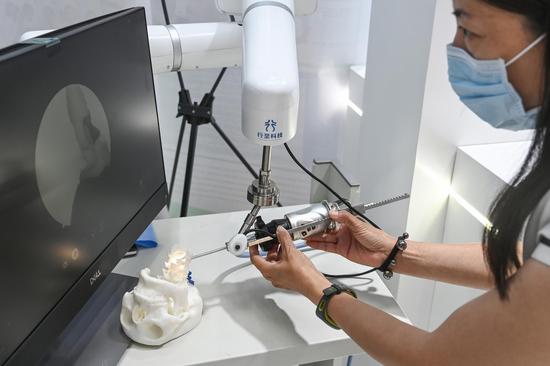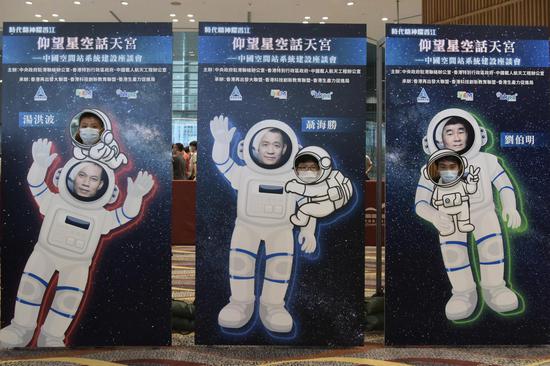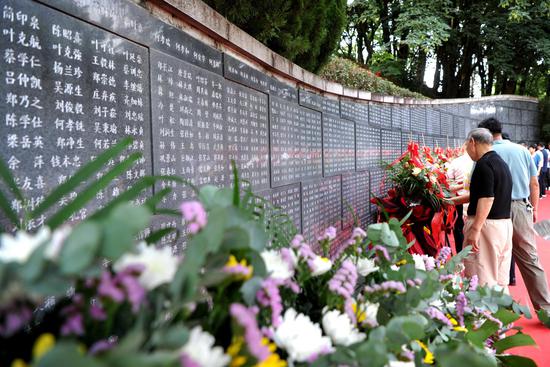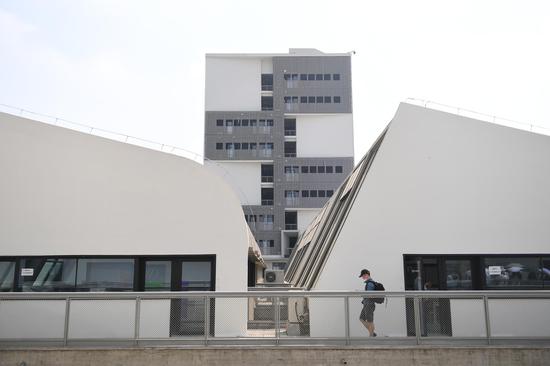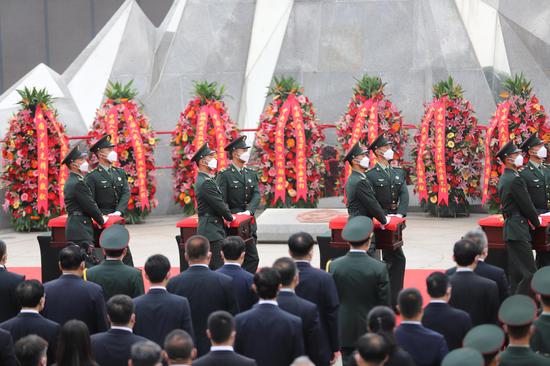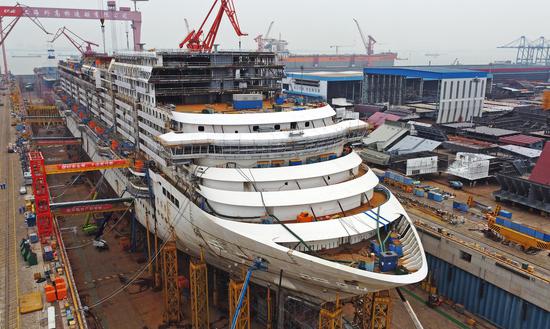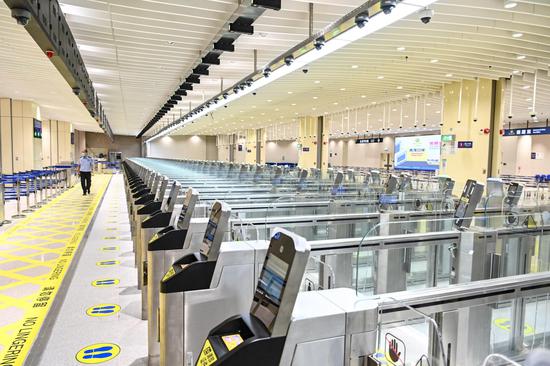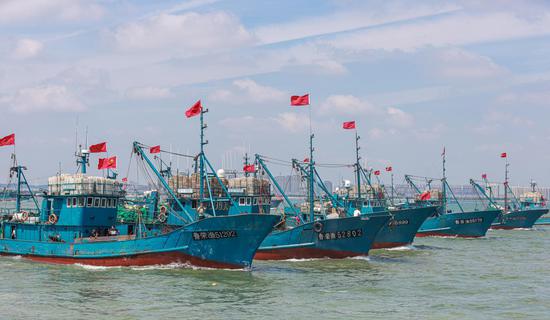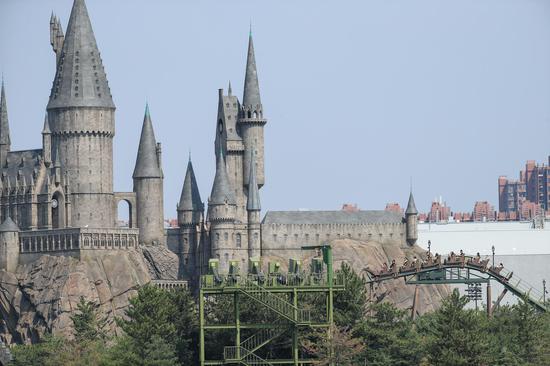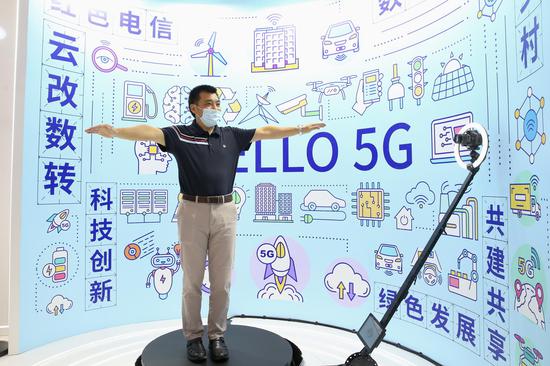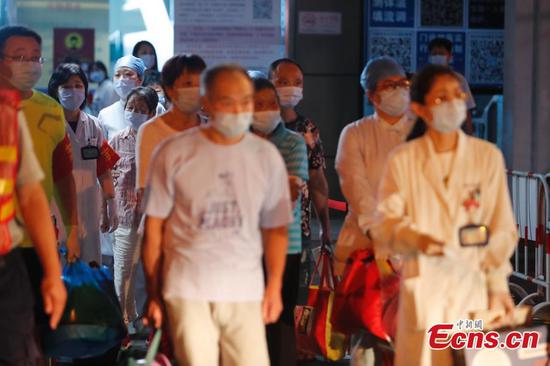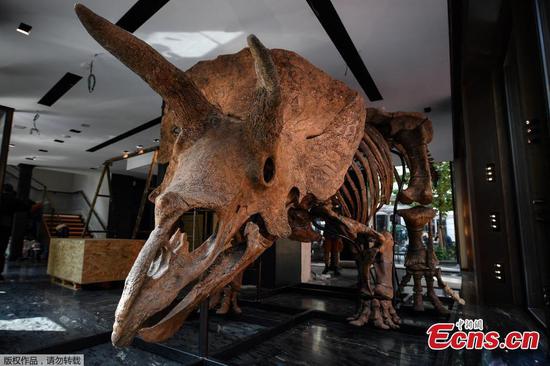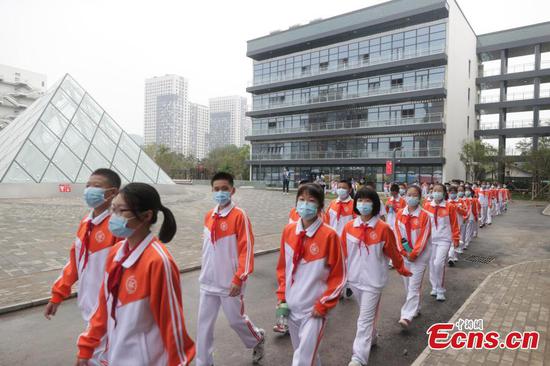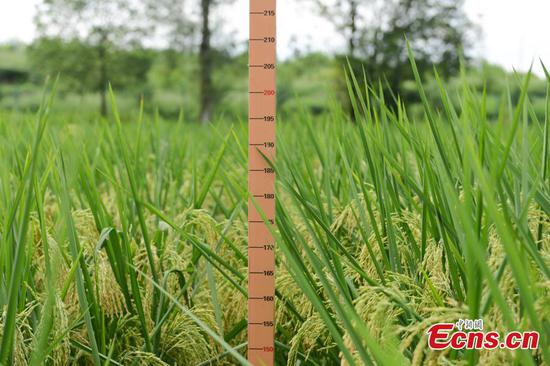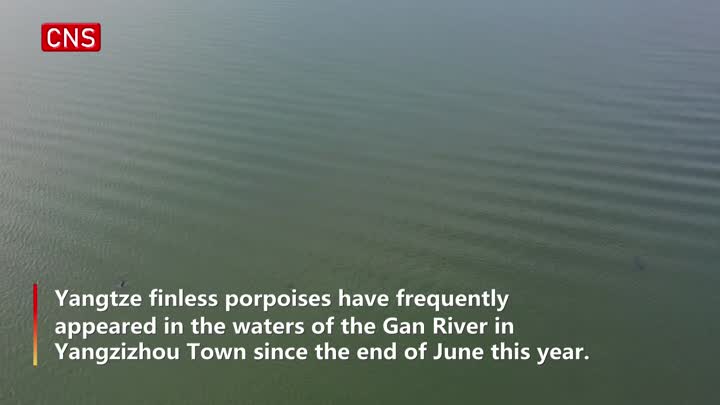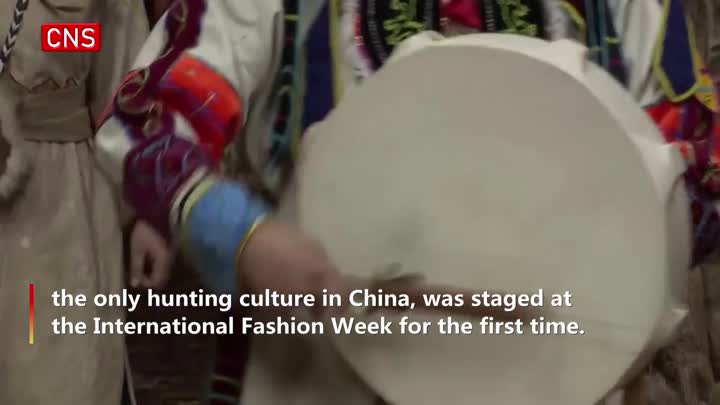The leaders of Shenzhen and Hong Kong signed several cooperation agreements covering major projects on Monday, marking a new level in collaboration between the two cities.
The agreements, relating to technology, cross-border arrangements, education and arbitration, were signed at the High-level Meeting cum Hong Kong/Shenzhen Co-operation Meeting 2021 held in Shenzhen.
The annual meeting is a long-term communication mechanism between top officials of the two cities.
The Hong Kong Special Administrative Region delegation was led by Chief Executive Carrie Lam Cheng Yuet-ngor, while officials from Shenzhen were led by Wang Weizhong, the city's Party secretary.
The agreements cover cooperation on the Hong Kong-Shenzhen Innovation and Technology Park, a promising tech project for both cities, and the co-location arrangement for the Huanggang border crossing.
They also include the University of Hong Kong and the Hong Kong Science and Technology Park's plans to set up branches in Shenzhen, and cooperation between the eBRAM International Online Dispute Resolution Centre Ltd and the Shenzhen Court of International Arbitration.
At the event, the officials were briefed on the latest situation in Hong Kong-Shenzhen collaboration by 19 task forces. They also reviewed the results of decades of cooperation between the cities and exchanged views on future directions for working together.
Lam said at the meeting that, despite the pandemic, she has been to Shenzhen many times in the past year to discuss cross-border collaboration with Shenzhen leaders. The five documents signed on Monday are the early results of these talks, she said.
With improvements in the legal systems and law enforcement, Hong Kong is well positioned to integrate better with national development, and collaboration with Shenzhen will play a vital role in the process, Lam said.
Wang said collaboration between the two cities over the past year has achieved many developments in cooperation zones, infrastructure and people-to-people exchanges.
Hong Kong has contributed a lot to Shenzhen's development, Wang added. With fresh opportunities offered by national blueprints for growth, Shenzhen will fully support Hong Kong's integration into national development.
It will also actively complement Hong Kong's advantages to ensure the SAR's lasting prosperity and stability, as well as the two cities' mutual development, Wang said.
Lam also attended the inauguration ceremony of the Shenzhen branch of Hong Kong Pui Kiu College on Monday. The school is the mainland's first Hong Kong-style educational institution offering 12 years of primary and secondary education. Construction of the school was completed in seven months, and it has enrolled 1,200 students in its first year of operation.
During the ceremony, Lam expressed the hope that the school's opening will further enrich education choices for the children of Hong Kong parents who live in the Greater Bay Area.
Shenzhen has about 10 schools offering Hong Kong-style education.












